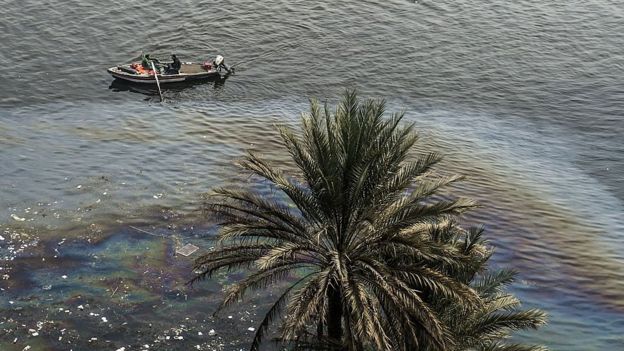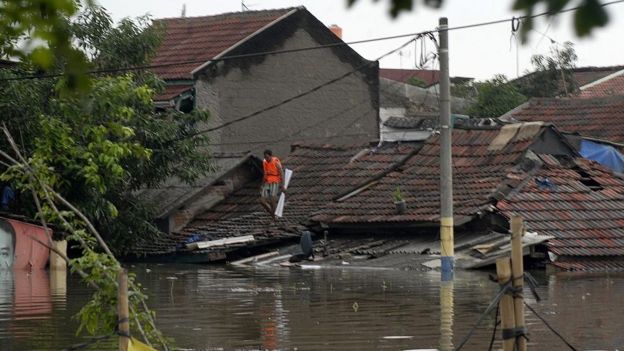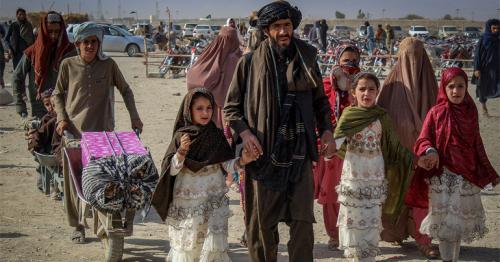The 11 cities most likely to run out of drinking water - like Cape Town
3. Beijing
The World Bank classifies water scarcity as when people in a determined location receive less than 1,000 cubic metres of fresh water per person a year.
In 2014, each of the more than 20 million inhabitants of Beijing had only 145 cubic metres.
China is home to almost 20% of the world's population but has only 7% of the world's fresh water.
A Columbia University study estimates that the country's reserves declined 13% between 2000 and 2009.
And there's also a pollution problem. Official figures from 2015 showed that 40% of Beijing's surface water was polluted to the point of not being useful even for agriculture or industrial use.
The Chinese authorities have tried to address the problem by creating massive water diversion projects. They have also introduced educational programmes, as well as price hikes for heavy business users.
4. Cairo
Once crucial to the establishment of one of the world's greatest civilisations, the River Nile is struggling in modern times.
It is the source of 97% of Egypt's water but also the destination of increasing amounts of untreated agricultural, and residential waste.

Image captionThe Nile provides 97% of Egypt's water supply
World Health Organization figures show that Egypt ranks high among lower middle-income countries in terms of the number of deaths related to water pollution.
The UN estimates critical shortages in the country by 2025.
5. Jakarta
Like many coastal cities, the Indonesian capital faces the threat of rising sea levels.
But in Jakarta the problem has been made worse by direct human action. Because less than half of the city's 10 million residents have access to piped water, illegal digging of wells is rife. This practice is draining the underground aquifers, almost literally deflating them.
As a consequence, about 40% of Jakarta now lies below sea level, according to World Bank estimates.
To make things worse, aquifers are not being replenished despite heavy rain because the prevalence of concrete and asphalt means that open fields cannot absorb rainfall.

Image caption: Illegal well-drilling is making the Indonesian capital more vulnerable to flooding
...[ Continue to next page ]
tag: blog , information
Share This Post





